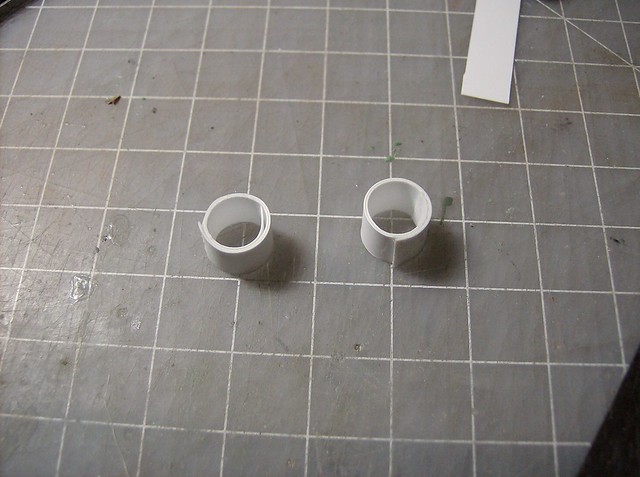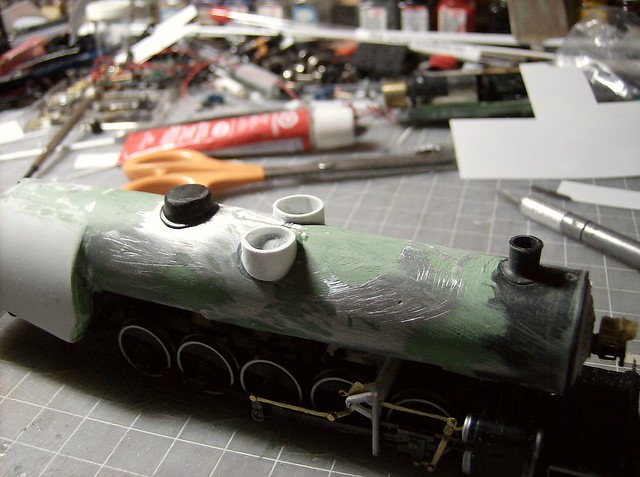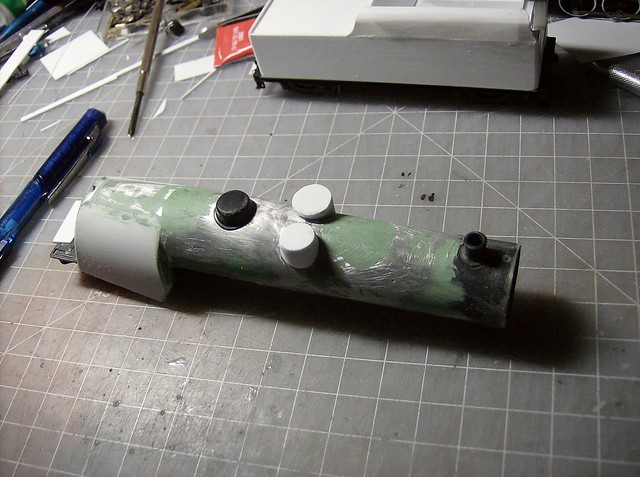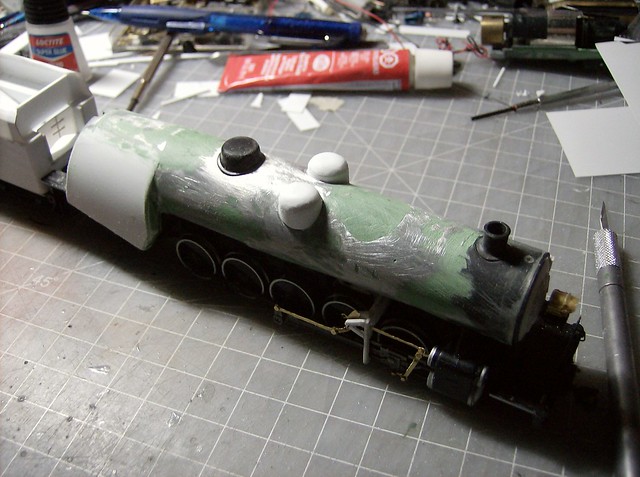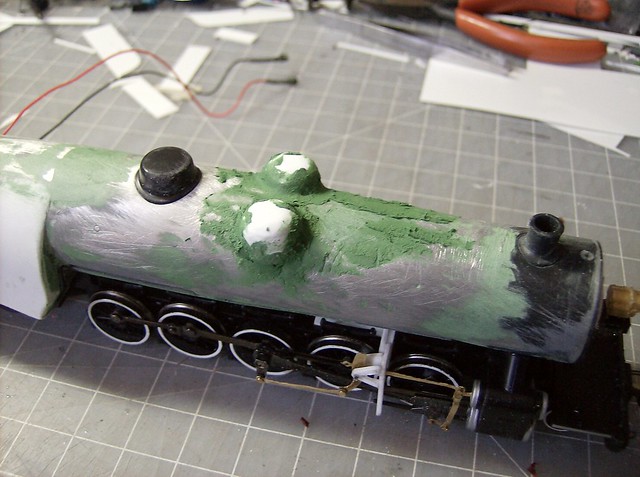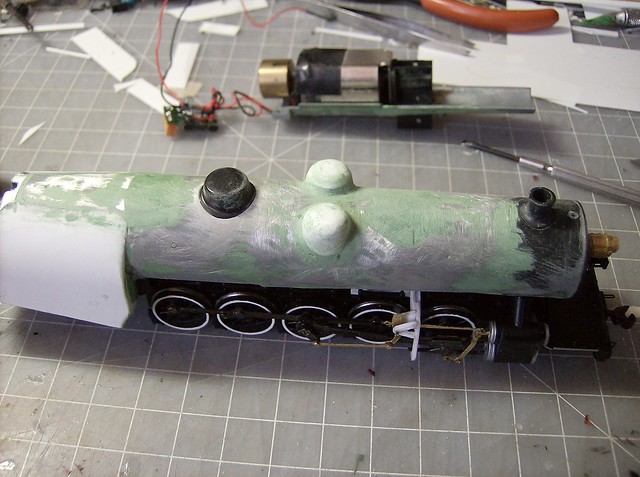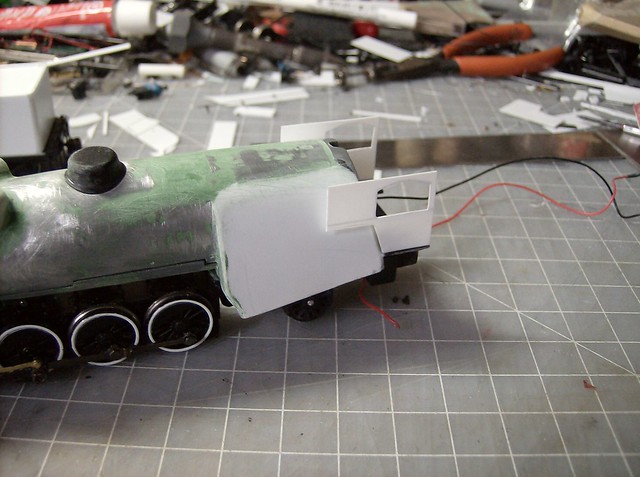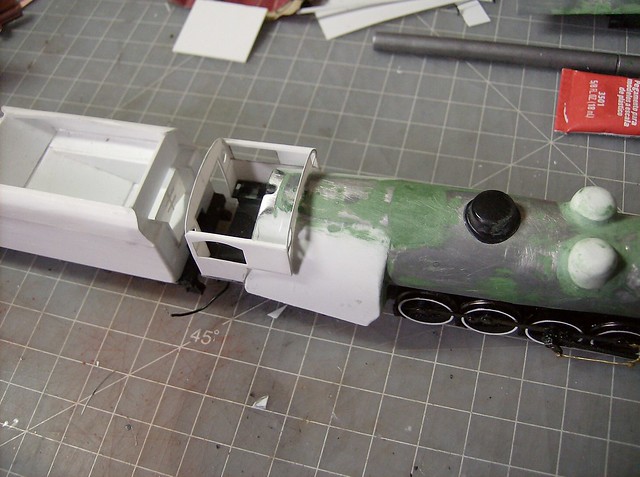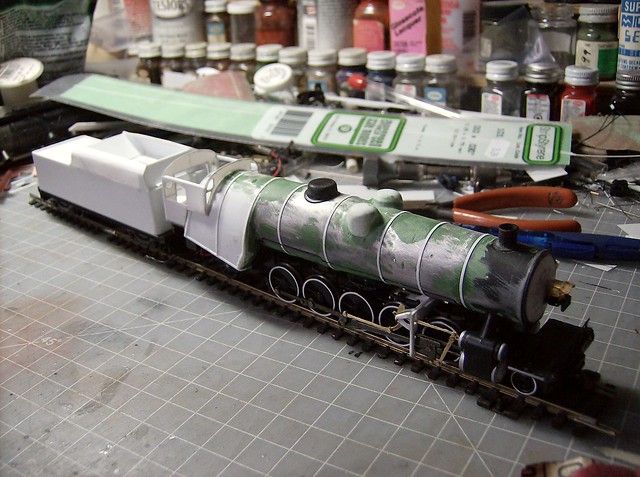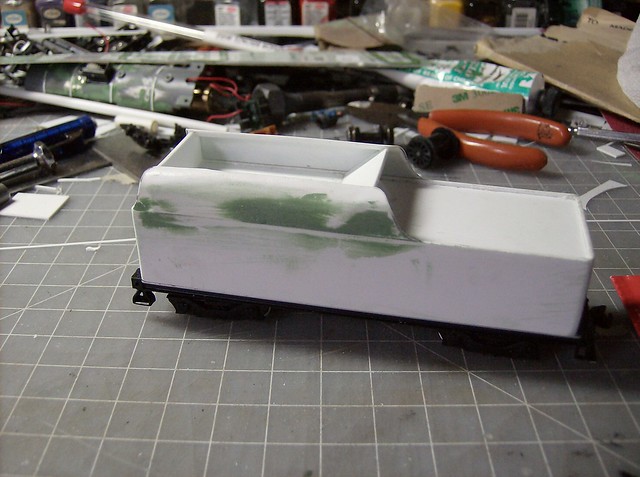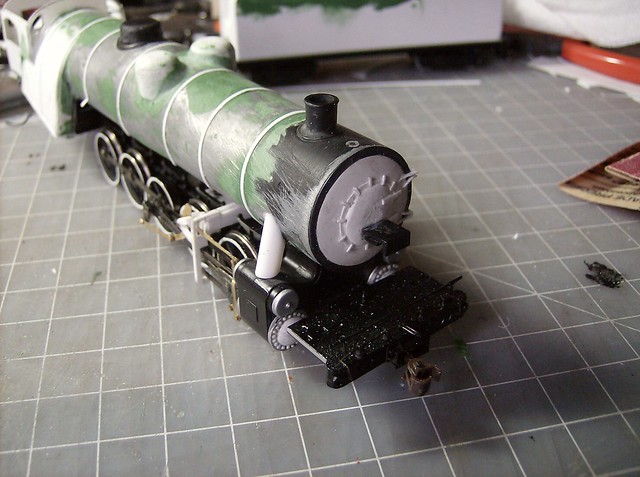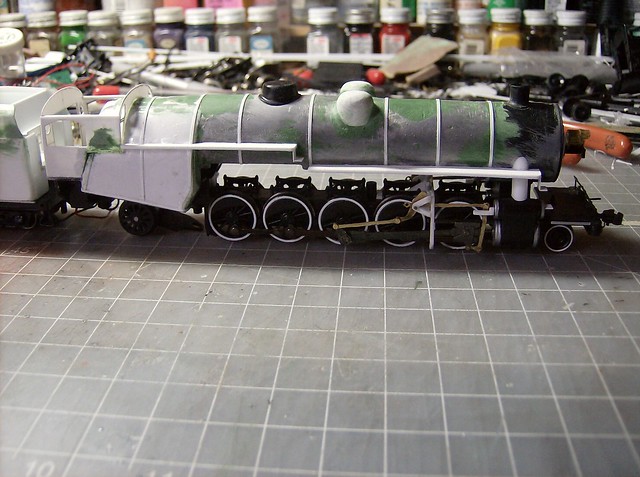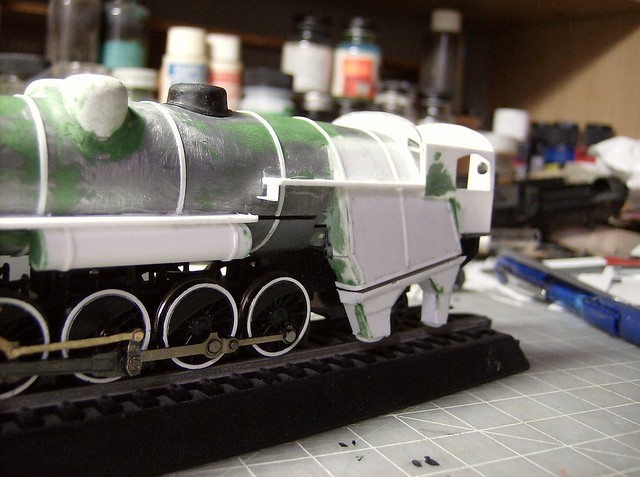|
Welcome,
Guest
|
This section of The Interchange provides a space where members of the Reading Modeler community can showcase their Reading modeling efforts. If you've got a project that you'd like to share, start a new topic and "show and tell" the group how you did it!
TOPIC: Lehigh Valley R-1 2-10-2
Lehigh Valley R-1 2-10-2 10 years 7 months ago #4160
|
Lehigh Valley R-1 2-10-2 10 years 7 months ago #4234
|
Lehigh Valley R-1 2-10-2 10 years 7 months ago #4235
|
|
|
Lehigh Valley R-1 2-10-2 10 years 7 months ago #4236
|
|
|
Lehigh Valley R-1 2-10-2 10 years 7 months ago #4237
|
Lehigh Valley R-1 2-10-2 10 years 7 months ago #4238
|
Did You Know?
October 8, 1958
The diesel facilities and shop at Newberry Junction are destroyed by fire, and are rebuilt the following year.
Downloads
Operations Information
 A variety of Reading Company operations related documents, etc. that may be of use in your modeling efforts.
A variety of Reading Company operations related documents, etc. that may be of use in your modeling efforts.
Operations Paperwork
 A variety of Reading Company operations paperwork, such as train orders, clearance forms, etc. that will help you operate your Reading layout in a prototypical manner.
A variety of Reading Company operations paperwork, such as train orders, clearance forms, etc. that will help you operate your Reading layout in a prototypical manner.
Timetables, Rulebooks, Etc.
 Public Timetables, Employe Timetables, and Rulebooks that provide much useful operational information.
Public Timetables, Employe Timetables, and Rulebooks that provide much useful operational information.
Modeling Goodies
 Signs, billboards, and other FREE goodies for your use. We ask only that you help spread the word about The Reading Modeler!
Signs, billboards, and other FREE goodies for your use. We ask only that you help spread the word about The Reading Modeler!
Rolling Stock Reference


